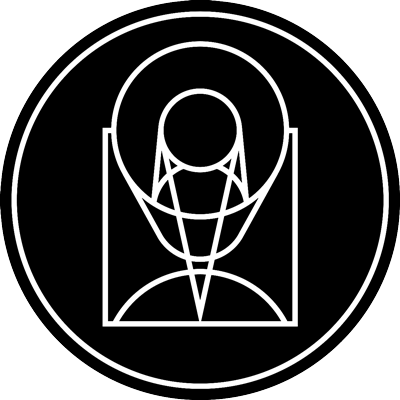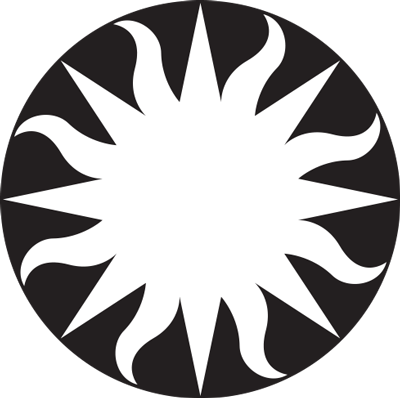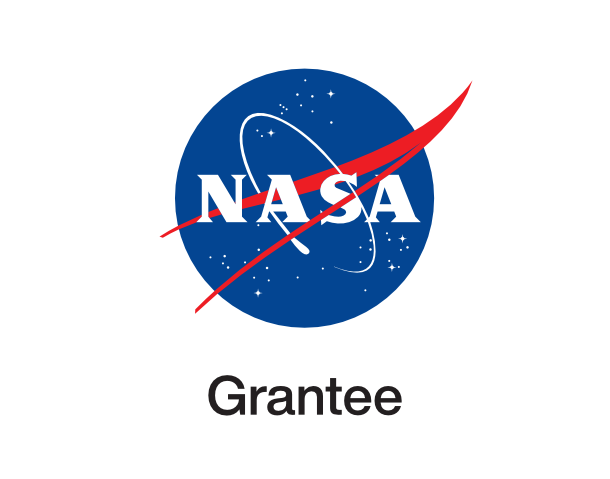Dark Shrouds in Orion

noirlab_iotw2325a June 21st, 2023
Credit: KPNO/NOIRLab/NSF/AURA/T. A. RectorImage processing: T.A. Rector (University of Alaska Anchorage/NSF NOIRLab), M. Zamani (NSF NOIRLab) & D. de Martin (NSF NOIRLab)
The shadowy clouds of LDN 1622 are pictured in this observation from the Nicholas U. Mayall 4-meter Telescope at Kitt Peak National Observatory (KPNO), a Program of NSF NOIRLab. This image was captured in 2018 by the Mosaic-3 instrument, a wide-field camera used to capture large swaths of the night sky from Kitt Peak in Arizona. Mosaic-3 has since been retired to make way for the Dark Energy Spectroscopic Instrument (DESI), the most powerful multi-object survey spectrograph in the world. This swap highlights one of the benefits of ground-based astronomy: the ability to upgrade and replace instruments as new technologies become available. LDN 1622 is a dark nebula, so called because these dense interstellar clouds of gas and dust blot out light from background objects, appearing as ink-dark clouds against a backdrop of stars. This enigmatic cosmic cloud lies 1300 light-years from Earth in the nearby Orion complex, a star-forming region thronging with young stars and other dark nebulae. This observation was taken before the 2022 Contreras Fire, which affected KPNO.
Provider: NOIRLab
Image Source: https://noirlab.edu/public/images/iotw2325a/
Curator: NSF's NOIRLab, Tucson, AZ, USA
Image Use Policy: Creative Commons Attribution 4.0 International License

- ID
- iotw2325a
- Subject Category
- Subject Name
- LDN 1622
- Credits
- KPNO/NOIRLab/NSF/AURA/T. A. RectorImage processing: T.A. Rector (University of Alaska Anchorage/NSF NOIRLab), M. Zamani (NSF NOIRLab) & D. de Martin (NSF NOIRLab)
- Release Date
- 2023-06-21T12:00:00
- Lightyears
- Redshift
- Reference Url
- https://noirlab.edu/public/images/iotw2325a/
- Type
- Observation
- Image Quality
- Distance Notes
- Facility
- Nicholas U. Mayall 4-meter Telescope, Nicholas U. Mayall 4-meter Telescope, Nicholas U. Mayall 4-meter Telescope
- Instrument
- Mosaic-3, Mosaic-3, Mosaic-3
- Color Assignment
- Cyan, Orange, Red
- Band
- Optical, Optical, Optical
- Bandpass
- g, i, H Alpha
- Central Wavelength
- 474, 772, 657
- Start Time
- Integration Time
- Dataset ID
- None, None, None
- Notes
- Coordinate Frame
- ICRS
- Equinox
- J2000
- Reference Value
- 88.6219277725, 1.80791294583
- Reference Dimension
- 3513.0, 3609.0
- Reference Pixel
- 1757.0, 1804.0
- Scale
- -0.000173588203073433, 0.000173580934781516
- Rotation
- -179.98691187797
- Coordinate System Projection:
- TAN
- Quality
- Full
- FITS Header
- Notes
- Creator (Curator)
- NSF's NOIRLab
- URL
- https://noirlab.edu
- Name
- Telephone
- Address
- 950 North Cherry Ave.
- City
- Tucson
- State/Province
- AZ
- Postal Code
- 85719
- Country
- USA
- Rights
- Creative Commons Attribution 4.0 International License
- Publisher
- NSF's NOIRLab
- Publisher ID
- noirlab
- Resource ID
- iotw2325a
- Resource URL
- http://noirlab.edu/public/media/archives/images/original/iotw2325a.tif
- Related Resources
- Metadata Date
- 2023-06-14T19:07:07+02:00
- Metadata Version
- 1.1
Detailed color mapping information coming soon...













